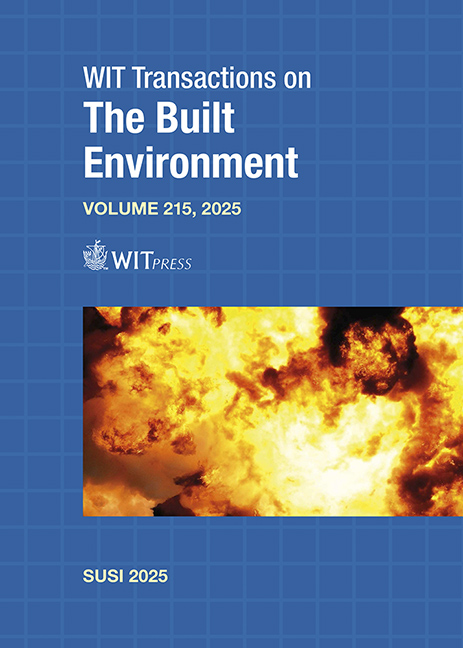NUMERICAL ASSESSMENT OF THE EFFECTIVENESS OF TRADITIONAL RESILIENT MOUNTING SYSTEMS IN MITIGATING VIBRATIONS OF NAVAL EQUIPMENT SUBJECTED TO UNDERWATER EXPLOSIONS
Price
Free (open access)
Transaction
Volume
215
Pages
9
Page Range
75 - 83
Published
2025
Paper DOI
10.2495/SUSI250071
Copyright
Author(s)
JACOPO BARDIANI, CLAUDIO SBARUFATTI, ANDREA MANES
Abstract
Underwater explosions (UNDEX) generate shock waves and bubble oscillations that propagate through marine structures, inducing vibrations that may compromise onboard equipment performance and reliability. The dynamic response of marine structures to these events presents significant challenges to operational safety, particularly in non-contact scenarios. While traditional resilient mounting systems are commonly employed to mitigate these effects, their efficiency is often limited by design constraints such as stiffness, target frequency range and equipment mass. This study investigates the effectiveness of resilient mounting systems in reducing structure-borne vibrations in a patrol vessel subjected to UNDEX events. A coupled acoustic–structural numerical approach, implemented in ABAQUS CAE, is used to predict the transient response and frequency behaviour of a foundation-resilient-mass subsystem supporting onboard equipment. The system is located on the ship’s double bottom at midhull length, with an explosive charge positioned directly beneath the structure to simulate a realistic non-contact UNDEX scenario. Numerical simulations evaluate the ability of resilient mountings to attenuate high-frequency shock-induced vibrations and lower-frequency oscillations caused by bubble dynamics. Results highlight performance limitations and provide insights into their effectiveness in maintaining operational reliability under extreme loading conditions. This study advances vibration control strategies in marine structures, offering a reference for optimizing anti-shock and anti-vibration solutions in naval engineering applications.
Keywords
underwater explosion, acoustic–structural simulation, resilient, vibration control, equipment safeguard





